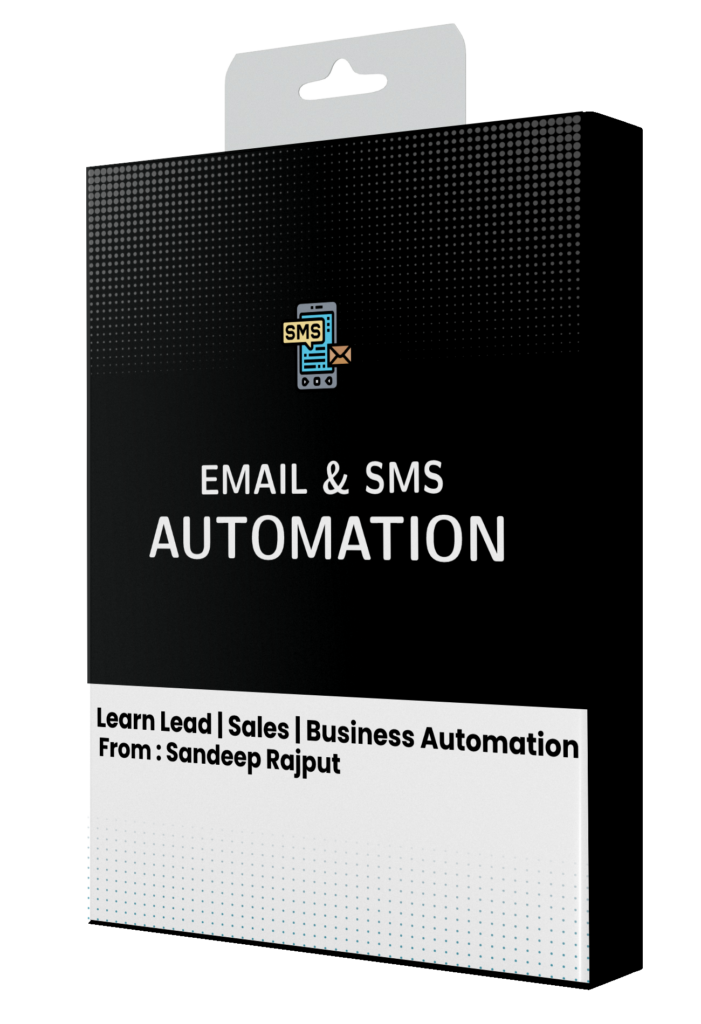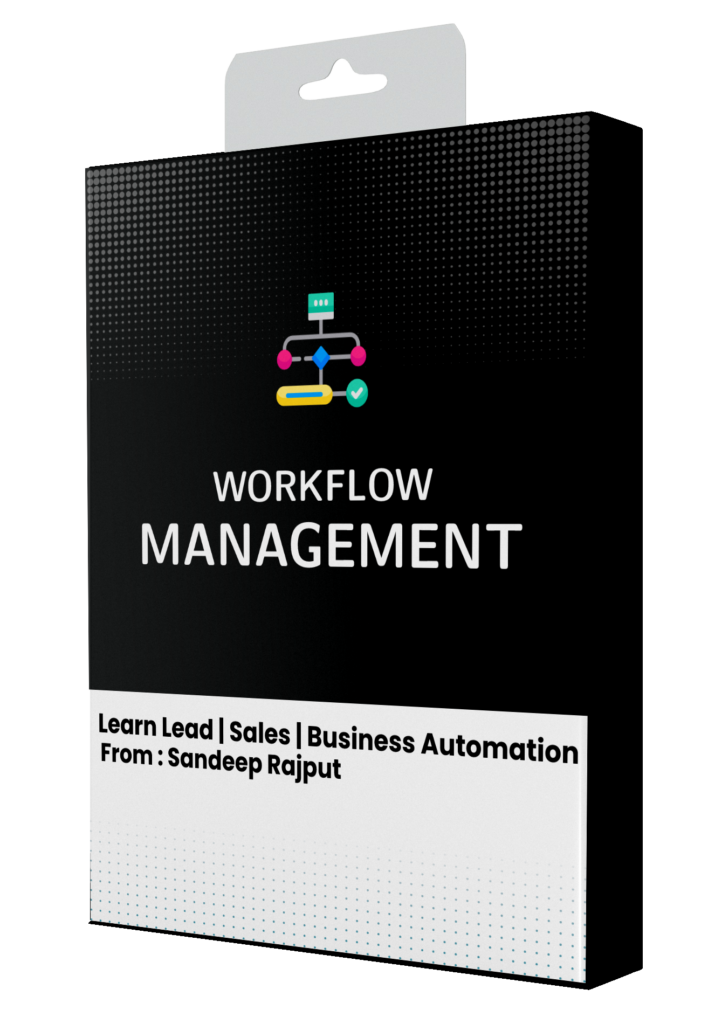How to generate leads for logistics business | Best Tips
Are you a logistics business owner looking to generate more leads? The logistics industry is highly competitive, and businesses need to develop strategies to attract and convert potential customers. In this article, we will discuss effective lead generation techniques that can help your logistics business grow.

Understanding the Importance of Lead Generation
Before we dive into lead generation strategies, it’s essential to understand why lead generation is critical for logistics businesses. Leads are potential customers who have shown interest in your business, and their contact information is valuable for future marketing efforts. By generating leads, you can build a database of potential customers to target with your marketing campaigns, which can increase your chances of conversions and sales.
Creating a Targeted Lead Magnet
One of the most effective ways to generate leads is by offering a lead magnet. A lead magnet is an incentive or valuable content that you offer to potential customers in exchange for their contact information. The lead magnet should be relevant to your logistics business and offer a solution to a problem that potential customers might face.
Optimizing Your Website for Lead Generation
Your website is the first point of contact for potential customers, and it’s essential to optimize it for lead generation. You can add a call-to-action (CTA) button or form on your website that encourages visitors to provide their contact information. The CTA should be clear and visible, and the form should be easy to fill out.
Table of Contents
- Understanding Your Target Market
- Creating a Strong Online Presence
- Search Engine Optimization (SEO)
- Pay-Per-Click (PPC) Advertising
- Social Media Marketing
- Email Marketing
- Content Marketing
- Referral Marketing
- Influencer Marketing
- Participating in Trade Shows and Events
- Offering Free Trials and Samples
- Partnering with Other Businesses
- Using Lead Generation Services
- Providing Excellent Customer Service
- Measuring Your Results
Understanding Your Target Market
1. Introduction
Understanding your target market is essential to the success of your business. It enables you to create products and services that meet the needs of your ideal customers and communicate with them in a way that resonates. This guide will provide you with everything you need to know about understanding your target market, from identifying it to analyzing data, and testing your market.
2. What is a Target Market?
A target market is a group of people who share similar characteristics and are likely to be interested in your product or service. These characteristics can be demographic, such as age, gender, and income level, or psychographic, such as values, beliefs, and interests. Identifying your target market allows you to tailor your marketing efforts to reach the people who are most likely to be interested in what you have to offer.
3. Why is Understanding Your Target Market Important?
Understanding your target market is important for several reasons.
First, it enables you to create products and services that meet the specific needs and desires of your ideal customers. This, in turn, increases the chances of them purchasing from you.
Second, it helps you to communicate with your target market in a way that resonates with them. By understanding their communication preferences and pain points, you can create marketing messages that speak directly to them.
Finally, understanding your target market allows you to allocate your marketing budget more effectively. Rather than wasting money on marketing efforts that don’t resonate with your target market, you can focus your resources on strategies that are more likely to be successful.
4. How to Identify Your Target Market
Identifying your target market involves looking at three key areas: demographics, psychographics, and behavior.
Demographics
Demographics refer to the statistical characteristics of a population. These can include age, gender, income level, education level, and more. Understanding the demographics of your target market can help you create products and services that meet their specific needs.
Psychographics
Psychographics refer to the psychological characteristics of a population. These can include values, beliefs, interests, and more. Understanding the psychographics of your target market can help you create marketing messages that resonate with them.
Behaviour
Behavior refers to the actions and habits of a population. This can include buying habits, media consumption, and more. Understanding the behavior of your target market can help you create marketing strategies that are more likely to be successful.
5. Understanding Your Target Market
Once you have identified your target market, the next step is to understand them. This involves looking at their needs and desires, pain points, communication preferences, and buying habits.
Creating a Strong Online Presence
Develop a brand identity: Determine the unique value proposition you offer, and build a brand identity around it. This includes creating a consistent visual identity, using the same colors, fonts, and tone of voice across all your online channels.
Create a professional website: A website is often the first point of contact people have with your business, so it’s essential to make a good impression. Ensure your website is easy to navigate, mobile-friendly, and includes clear calls-to-action.
Be active on social media: Social media is an excellent tool for building brand awareness and engaging with your audience. Determine which platforms your target audience uses and create a strategy for each one.
Produce high-quality content: Content marketing is a great way to attract and engage with potential customers. Create relevant, valuable, and informative content that resonates with your audience.
Optimize for search engines: Ensure your website and content are optimized for search engines, so your business appears at the top of search results when people search for relevant keywords.
Build relationships with influencers: Influencers can help increase your brand’s reach and credibility. Identify influencers in your industry and build relationships with them.
Monitor your online reputation: Keep an eye on what people are saying about your business online and address any negative comments or reviews promptly.
By following these tips, you can establish a strong online presence that will help your business grow and thrive.
Search Engine Optimization (SEO)
Search Engine Optimization (SEO) is the process of improving the visibility and ranking of a website or web page in search engine results pages (SERPs). The goal of SEO is to increase organic, non-paid traffic to a website, which can ultimately result in more leads, sales, or conversions.
Pay-Per-Click (PPC) Advertising
Pay-Per-Click (PPC) advertising is a type of online advertising model where advertisers pay each time a user clicks on one of their ads. These ads can be displayed on search engine results pages (SERPs), social media platforms, or other websites that allow advertising.
PPC advertising allows advertisers to target specific keywords or phrases that are relevant to their business, and only pay when someone clicks on their ad. This can be a more cost-effective advertising strategy compared to traditional advertising methods where the advertiser pays a fixed fee upfront, regardless of the results.
PPC advertising platforms such as Google Ads, Bing Ads, and social media advertising platforms like Facebook Ads and Instagram Ads offer advertisers a range of targeting options, such as geographic location, demographics, interests, and behaviors. This allows advertisers to tailor their ads to specific audiences and improve the effectiveness of their advertising campaigns.
Social Media Marketing
Social media marketing has become an indispensable tool for businesses and organizations to reach out to their target audience and build their brand. With billions of users active on various social media platforms, businesses have access to a massive potential customer base. However, social media marketing requires a strategic approach, creative thinking, and a deep understanding of the different platforms and their audiences to achieve effective results.
Email Marketing
In today’s digital age, email marketing is an indispensable tool for businesses of all sizes. With email marketing, you can connect with your audience, build relationships, and increase sales. However, creating an effective email marketing campaign can be challenging. In this article, we will cover everything you need to know to create a successful email marketing campaign that drives results.
Content Marketing
In today’s digital era, content marketing has become a crucial aspect of promoting and growing businesses. It involves creating and distributing valuable, relevant, and consistent content to attract and retain a clearly defined audience, ultimately driving profitable customer action. This guide will take you through everything you need to know about content marketing, from its definition and importance to its best practices and strategies for implementation.
Referral Marketing
Referral marketing is a marketing strategy that involves using word-of-mouth recommendations to drive new business. Essentially, it’s a way to turn your existing customers into brand ambassadors that promote your business to their friends, family, and colleagues. By incentivizing customers to refer new business to you, you can quickly and easily generate new leads that are more likely to convert because they have already been referred by someone they trust.
Influencer Marketing
Influencer marketing is a type of social media marketing that involves using popular personalities or figures, known as influencers, to promote a brand’s products or services. Influencer marketing is often used by companies to reach a specific target audience and build brand awareness. Influencers can be celebrities, industry experts, or everyday people with a large following on social media platforms like Instagram, YouTube, and TikTok.
Participating in Trade Shows and Events
Trade shows and events are an essential part of the marketing mix for many businesses. They offer a unique opportunity to showcase products and services to a targeted audience, meet potential customers and partners, and stay up-to-date with the latest trends and developments in the industry.
However, participating in a trade show or event can be a significant investment in terms of time, money, and resources. Therefore, it is crucial to plan and prepare thoroughly to maximize the return on investment (ROI) and achieve the desired outcomes.
In this guide, we will provide a comprehensive overview of the trade show and event participation process, from choosing the right event to following up with leads and contacts after the show. We will cover the essential steps and strategies for success and provide practical tips and examples to help you succeed.
Offering Free Trials and Samples
Offering free trials and samples can be a powerful marketing tool for businesses to attract and retain customers. Free trials and samples allow potential customers to try a product or service before committing to a purchase, which can increase their confidence in the product and encourage them to make a purchase.
When offering free trials, it’s important to set clear expectations about the trial period and any limitations or restrictions that may apply. This can help prevent misunderstandings and ensure that customers have a positive experience with the product.
Similarly, when offering free samples, businesses should be transparent about the size and quantity of the sample, and any conditions or requirements for redeeming the sample.
Overall, offering free trials and samples can be an effective way to build brand awareness and attract new customers, as long as businesses are transparent and clear about their offerings.
Partnering with Other Businesses
As businesses grow, they often seek ways to expand their reach and diversify their offerings. One approach that many companies take is partnering with other businesses. By teaming up with another organization, companies can share resources, expertise, and customer bases. However, successful partnerships require careful planning and execution. In this article, we’ll explore the benefits of partnering with other businesses and provide a guide to creating successful collaborations.
Using Lead Generation Services
In today’s digital era, businesses are constantly looking for ways to generate more leads and grow their customer base. With the increasing competition in the market, it has become more important than ever to use efficient lead generation strategies to drive sales and revenue. One effective way to achieve this is by using lead generation services. In this article, we will provide a comprehensive guide on using lead generation services for businesses.
Providing Excellent Customer Service
Customer service is one of the most important aspects of any business, as it plays a key role in customer satisfaction and retention. Providing excellent customer service can help businesses build strong relationships with their customers, increase sales, and improve their reputation. In this article, we will explore some tips and strategies for businesses to provide excellent customer service.
Measuring Your Results
Measuring your results is a critical step in achieving your goals. Whether you’re running a business, managing a project, or pursuing personal objectives, tracking and analyzing your progress is essential to understanding what works and what doesn’t. In this article, we’ll guide you through the process of measuring your results, from setting goals to analyzing data, and offer tips on how to optimize your performance along the way.
Partner with local businesses such as health food stores or wellness centers to offer promotions and discounts to their customers. This can help attract new customers to your gym.
Offer a free trial:
Talk to our expert now!
- Use search engine marketing (SEM) and search engine optimization (SEO) to increase your visibility online. Consider running Google Ads campaigns and optimizing your website to show up in local search results.


















